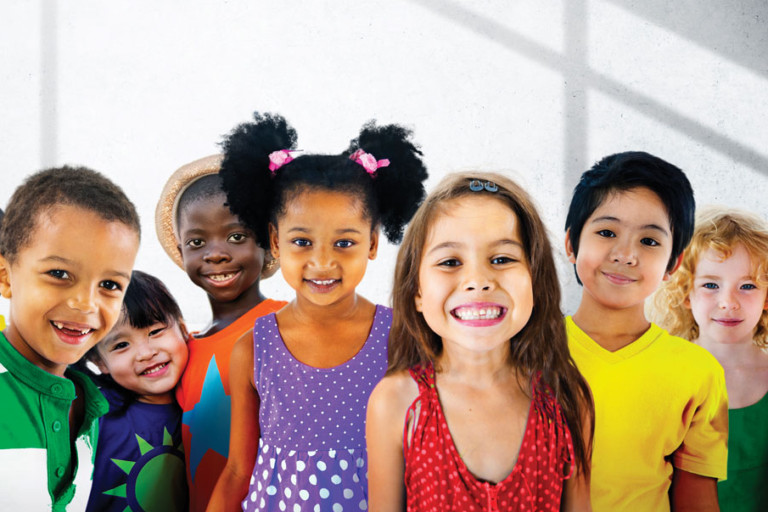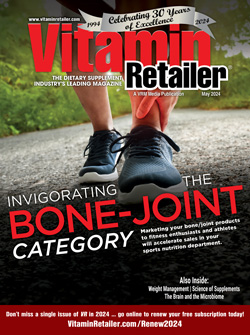Two recent studies have different conclusions about children spreading COVID-19.
First, a commentary published in the journal Pediatrics, concludes that children infrequently transmit COVID-19 to each other or to adults and that many schools, provided they follow appropriate social distancing guidelines and take into account rates of transmission in their community, can and should reopen in the fall.
In the new study, researchers studied the households of 39 children infected with Covid-19. Contact tracing revealed that in only three (8 percent) was a child the suspected index case, with symptom onset preceding illness in adult household contacts.
In a recent study in China, contact tracing demonstrated that, of the 68 children with Covid-19 admitted to the hospital from January 20 to February 27, 2020, 96 percent were household contacts of previously infected adults. In another study of Chinese children, nine of 10 children admitted to several provincial hospitals outside Wuhan contracted Covid-19 from an adult, with only one possible child-to-child transmission, based on the timing of disease onset.
In a French study, a boy with Covid-19 exposed more than 80 classmates at three schools to the disease. None contracted it. Transmission of other respiratory diseases, including influenza transmission, was common at the schools.
In a study in New South Wales, nine infected students and nine staff across 15 schools exposed a total of 735 students and 128 staff to Covid-19. Only two secondary infections resulted, one transmitted by an adult to a child.
“The data are striking,” said co-author, pediatrician William V. Raszka, Jr., MD. “The key takeaway is that children are not driving the pandemic. After six months, we have a wealth of accumulating data showing that children are less likely to become infected and seem less infectious; it is congregating adults who aren’t following safety protocols who are responsible for driving the upward curve.”
Rising cases among adults and children in Texas childcare facilities, which have seen 894 Covid-19 cases among staff members and 441 among children in 883 childcare facilities across the state, have the potential to be misinterpreted, Dr. Raszka said. He has not studied the details of the outbreak.
“There is widespread transmission of COVID-19 in Texas today, with many adults congregating without observing social distancing or wearing masks,” he said. “While we don’t yet know the dynamics of the outbreak, it is unlikely that infants and children in daycare are driving the surge. Based on the evidence, it’s more plausible that adults are passing the infection to the children in the vast majority of cases.”
Additional support for the notion that children are not significant vectors of the disease comes from mathematical modeling, the authors say. Models show that community-wide social distancing and widespread adoption of facial cloth coverings are far better strategies for curtailing disease spread, and that closing schools adds little. The fact that schools have reopened in many Western European countries and in Japan without seeing a rise in community transmissions bears out the accuracy of the modeling.
Reopening schools in a safe manner this fall is important for the healthy development of children, the authors say. “By doing so, we could minimize the potentially profound adverse social, developmental, and health costs that our children will continue to suffer until an effective treatment or vaccine can be developed and distributed, or failing that, until we reach herd immunity,” the paper concludes.
However, new research (July 30) stated that young children can indeed spread COVID-19 as much as older children and adults. A study from Ann & Robert H. Lurie Children’s Hospital of Chicago discovered that children younger than 5 years with mild to moderate COVID-19 have much higher levels of genetic material for the virus in the nose compared to older children and adults.
Findings, published in JAMA Pediatrics, point to the possibility that the youngest children transmit the virus as much as other age groups. The ability of younger children to spread COVID-19 may have been under-recognized given the rapid and sustained closure of schools and daycare during the pandemic.
“We found that children under 5 with COVID-19 have a higher viral load than older children and adults, which may suggest greater transmission, as we see with respiratory syncytial virus, also known as RSV,” says lead author Taylor Heald-Sargent, MD, PhD, pediatric infectious diseases specialist at Lurie Children’s and Assistant Professor of Pediatrics at Northwestern University Feinberg School of Medicine. “This has important public health implications, especially during discussions on the safety of reopening schools and daycare.”
Dr. Heald-Sargent and colleagues analyzed 145 cases of mild to moderate COVID-19 illness within the first week of symptom onset. They compared the viral load in three age groups— children younger than 5 years, children 5-17 years and adults 18-65 years.
“Our study was not designed to prove that younger children spread COVID-19 as much as adults, but it is a possibility,” said Dr. Heald-Sargent. “We need to take that into account in efforts to reduce transmission as we continue to learn more about this virus.”




![[Extra! Extra!] COVID-19 Causes Skin Disorders in Rare Circumstances](https://vitaminretailer.com/wp-content/uploads/2024/02/Healthy-Hair-Nails-Skin-300x168.jpg)







